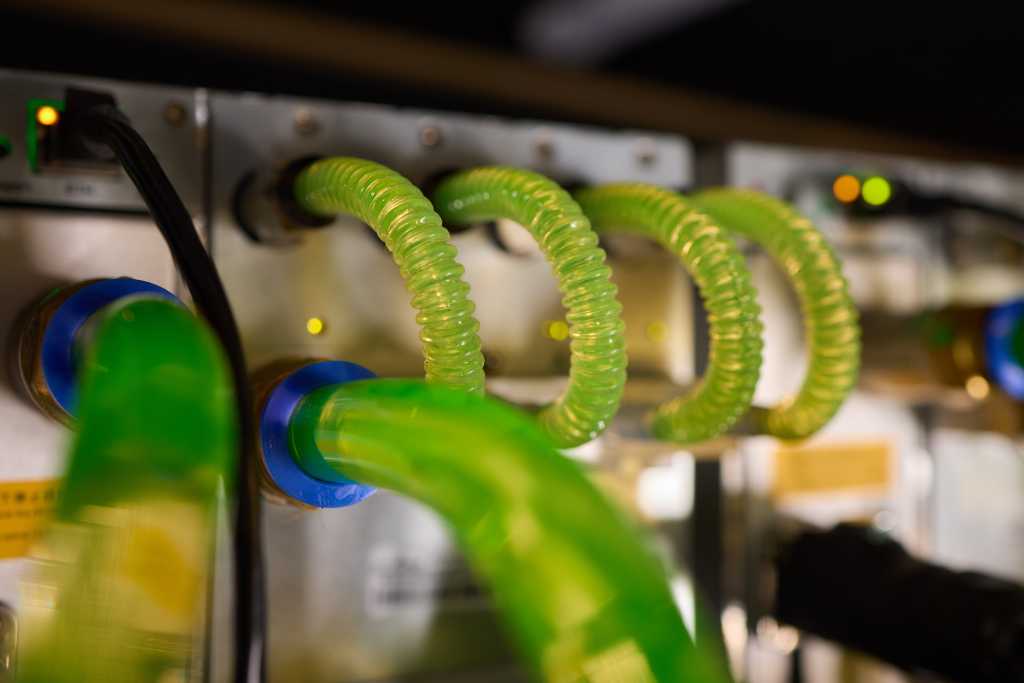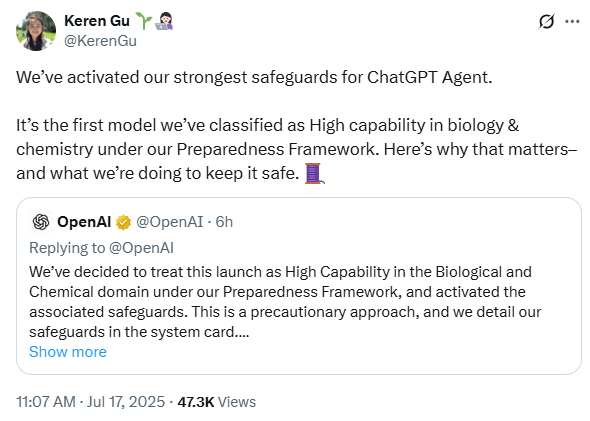
This week we heard that eight babies have been born in the UK following an experimental form of IVF that involves DNA from three people. The approach was used to prevent women with genetic mutations from passing mitochondrial diseases to their children. You can read all about the results, and the reception to them, here.
But these eight babies aren’t the first “three-parent” children out there. Over the last decade, several teams have been using variations of this approach to help people have babies. This week, let’s consider the other babies born from three-person IVF.
I can’t go any further without talking about the term we use to describe these children. Journalists, myself included, have called them “three-parent babies” because they are created using DNA from three people. Briefly, the approach typically involves using the DNA from the nuclei of the intended parents’ egg and sperm cells. That’s where most of the DNA in a cell is found.
But it also makes use of mitochondrial DNA (mtDNA)—the DNA found in the energy-producing organelles of a cell—from a third person. The idea is to avoid using the mtDNA from the intended mother, perhaps because it is carrying genetic mutations. Other teams have done this in the hope of treating infertility.
mtDNA, which is usually inherited from a person’s mother, makes up a tiny fraction of total inherited DNA. It includes only 37 genes, all of which are thought to play a role in how mitochondria work (as opposed to, say, eye color or height).
That’s why some scientists despise the term “three-parent baby.” Yes, the baby has DNA from three people, but those three can’t all be considered parents, critics argue. For the sake of argument, this time around I’ll use the term “three-person IVF” from here on out.
So, about these babies. The first were reported back in the 1990s. Jacques Cohen, then at Saint Barnabas Medical Center in Livingston, New Jersey, and his colleagues thought they might be able to treat some cases of infertility by injecting the mitochondria-containing cytoplasm of healthy eggs into eggs from the intended mother. Seventeen babies were ultimately born this way, according to the team. (Side note: In their paper, the authors describe potential resulting children as “three-parental individuals.”)
But two fetuses appeared to have genetic abnormalities. And one of the children started to show signs of a developmental disorder. In 2002, the US Food and Drug Administration put a stop to the research.
The babies born during that study are in their 20s now. But scientists still don’t know why they saw those abnormalities. Some think that mixing mtDNA from two people might be problematic.
Newer approaches to three-person IVF aim to include mtDNA from just the donor, completely bypassing the intended mother’s mtDNA. John Zhang at the New Hope Fertility Center in New York City tried this approach for a Jordanian couple in 2016. The woman carried genes for a fatal mitochondrial disease and had already lost two children to it. She wanted to avoid passing it on to another child.
Zhang took the nucleus of the woman’s egg and inserted it into a donor egg that had had its own nucleus removed—but still had its mitochondria-containing cytoplasm. That egg was then fertilized with the woman’s husband’s sperm.
Because it was still illegal in the US, Zhang controversially did the procedure in Mexico, where, as he told me at the time, “there are no rules.” The couple eventually welcomed a healthy baby boy. Less than 1% of the boy’s mitochondria carried his mother’s mutation, so the procedure was deemed a success.
There was a fair bit of outrage from the scientific community, though. Mitochondrial donation had been made legal in the UK the previous year, but no clinic had yet been given a license to do it. Zhang’s experiment seemed to have been conducted with no oversight. Many questioned how ethical it was, although Sian Harding, who reviewed the ethics of the UK procedure, then told me it was “as good as or better than what we’ll do in the UK.”
The scandal had barely died down by the time the next “three-person IVF” babies were announced. In 2017, a team at the Nadiya Clinic in Ukraine announced the birth of a little girl to parents who’d had the treatment for infertility. The news brought more outrage from some quarters, as scientists argued that the experimental procedure should only be used to prevent severe mitochondrial diseases.
It wasn’t until later that year that the UK’s fertility authority granted a team in Newcastle a license to perform mitochondrial donation. That team launched a trial in 2017. It was big news—the first “official” trial to test whether the approach could safely prevent mitochondrial disease.
But it was slow going. And meanwhile, other teams were making progress. The Nadiya Clinic continued to trial the procedure in couples with infertility. Pavlo Mazur, a former embryologist who worked at that clinic, tells me that 10 babies were born there as a result of mitochondrial donation.
Mazur then moved to another clinic in Ukraine, where he says he used a different type of mitochondrial donation to achieve another five healthy births for people with infertility. “In total, it’s 15 kids made by me,” he says.
But he adds that other clinics in Ukraine are also using mitochondrial donation, without sharing their results. “We don’t know the actual number of those kids in Ukraine,” says Mazur. “But there are dozens of them.”
In 2020, Nuno Costa-Borges of Embryotools in Barcelona, Spain, and his colleagues described another trial of mitochondrial donation. This trial, performed in Greece, was also designed to test the procedure for people with infertility. It involved 25 patients. So far, seven children have been born. “I think it’s a bit strange that they aren’t getting more credit,” says Heidi Mertes, a medical ethicist at Ghent University in Belgium.
The newly announced UK births are only the latest “three-person IVF” babies. And while their births are being heralded as a success story for mitochondrial donation, the story isn’t quite so simple. Three of the eight babies were born with a non-insignificant proportion of mutated mitochondria, ranging between 5% and 20%, depending on the baby and the sample.
Dagan Wells of the University of Oxford, who is involved in the Greece trial, says that two of the seven babies in their study also appear to have inherited mtDNA from their intended mothers. Mazur says he has seen several cases of this “reversal” too.
This isn’t a problem for babies whose mothers don’t carry genes for mitochondrial disease. But it might be for those whose mothers do.
I don’t want to pour cold water over the new UK results. It was great to finally see the results of a trial that’s been running for eight years. And the births of healthy babies are something to celebrate. But it’s not a simple success story. Mitochondrial donation doesn’t guarantee a healthy baby. We still have more to learn, not only from these babies, but from the others that have already been born.
This article first appeared in The Checkup, MIT Technology Review’s weekly biotech newsletter. To receive it in your inbox every Thursday, and read articles like this first, sign up here.





















